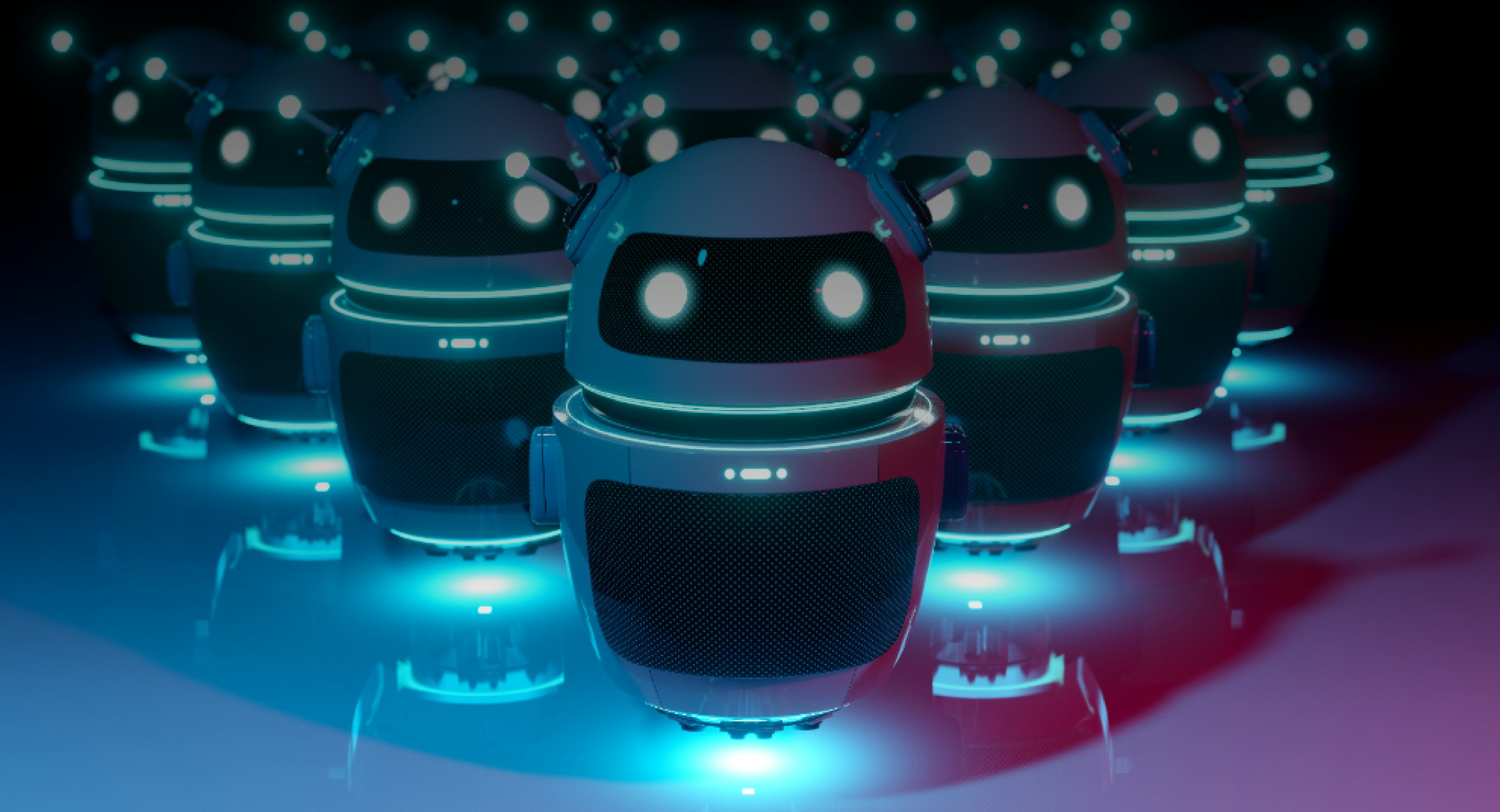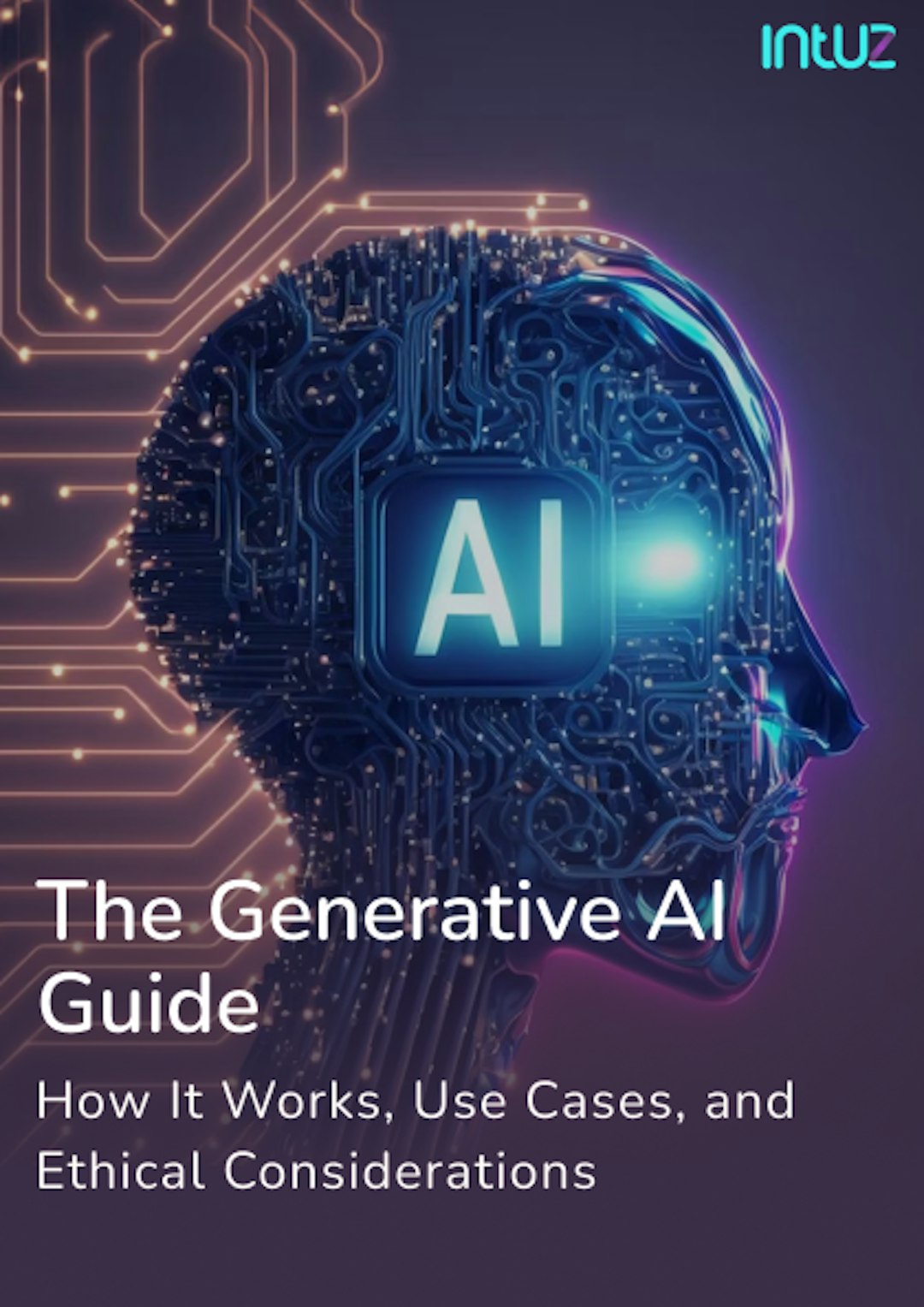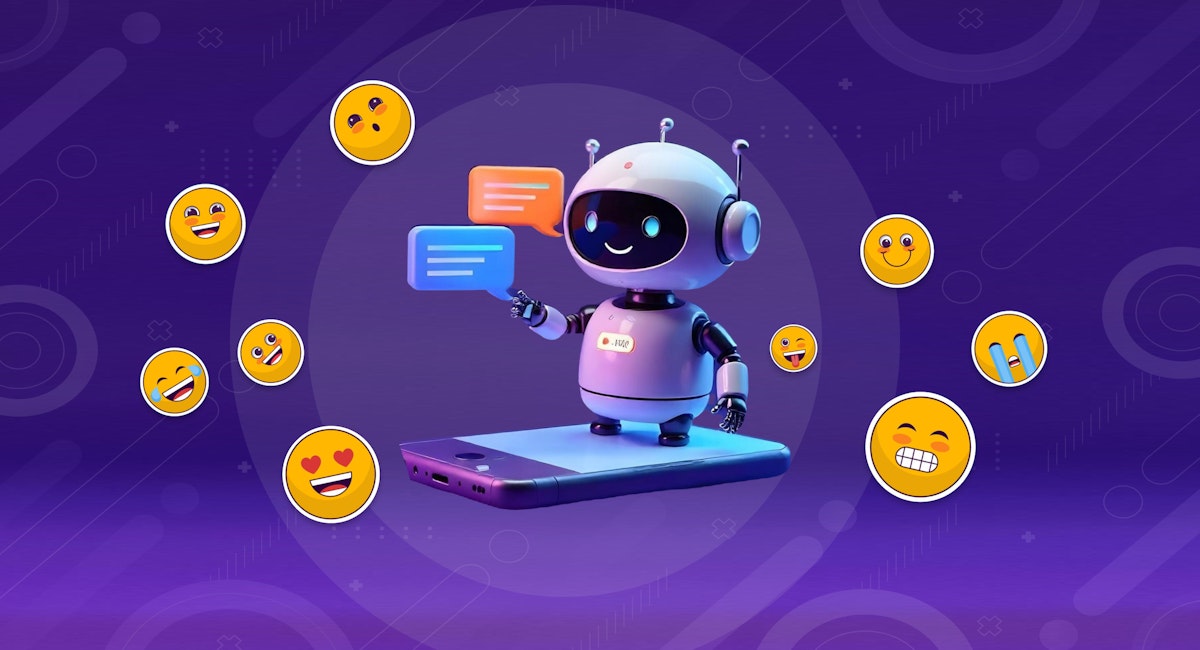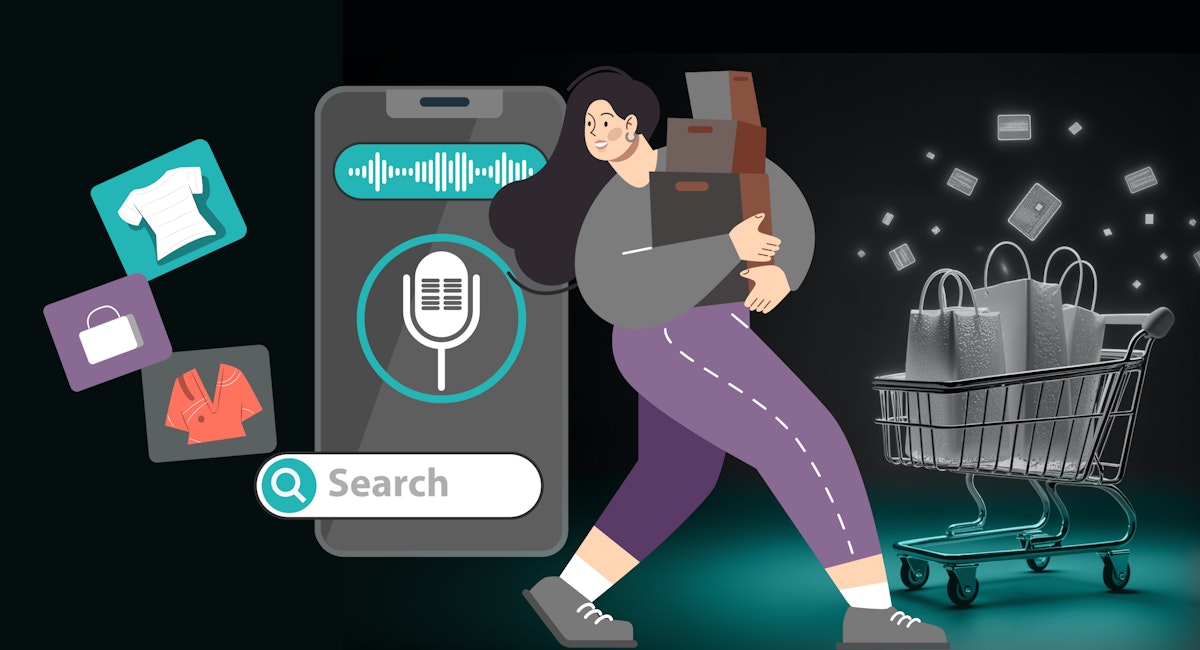Table of Content
Understanding Multi Agent AI System
A multi-AI agent system involves multiple AI agents interacting to achieve a common, pre-defined goal. Each agent has a specific function and is designed to perform its tasks autonomously, communicating with each other through defined protocols or interfaces.
This structure allows the system to manage far more complex and dynamic projects than a single AI agent can while scaling up or down as needed. This blog will show you how to set up your multi-AI agent system, from conception to architecture to deployment.
How to Build a Multi-AI Agent System
Step 1: Define the purpose and goals
The first step is to be clear about the pain points or opportunities you plan to address with the multi-AI agent system. Talk to relevant stakeholders about their needs, and examine your current AI workflows to identify the gaps that need fixing.
Then, break down the overarching purpose into smaller steps that each agent in the system will tackle. For instance, in a conversational AI system, you could have different chatbots for sentiment analysis, NLP, resolution generation, and so on.
It’s also important to set boundaries on what the system will and will not do and agree on metrics to assess its performance (such as a query resolution rate of 90% and a customer wait time reduction of 50% for a conversational AI system).
Step 2: Choose the right architecture
Your system architecture determines how AI agent solutions interact to generate the desired outcomes. There are three types of architectures to choose from:
a. Centralized architecture
A central entity manages the actions of all the other AI agents and issues appropriate commands.
It’s ideal for systems that rely on a shared aggregate dataset and require tight control to perform tasks, such as a logistics system where a centralized agent delegate functions like order processing, order tracking, and return management.
b. Decentralized architecture
Each agent works autonomously here, only communicating with other agents as needed. This approach is perfect for dynamic environments where AI must adapt and act in real-time, such as multi-player gaming systems or autonomous vehicle fleet management systems.
c. Hybrid architecture
This combines the best of both worlds, typically by having one centralized agent issue high-level commands while the other agents handle specific tasks independently.
It’s suitable for business cases that call for centralized oversight and autonomy, such as one agent overseeing logistics planning in a supply chain management system while others autonomously schedule shipments and stock inventory.
You can use several tools to design a multi-AI agent system.
These include JADE and PyTorch for development frameworks, ZeroMQ and RabbitMQ as communication tools, AWS SageMaker and Google AI Platform for cloud services, and SUMO and AnyLogic for simulation tools.
Top 10 AI Agent Development Companies in USA in 2025
Explore NowStep 3: Design the individual AI agents
Depending on your system’s purpose, there are several types of agents you can set up:
- Reactive agents: These respond to immediate stimuli without maintaining memories of past actions.
- Learning agents: These use techniques like supervised learning or reinforcement learning to enhance their decision-making abilities.
- Specialized agents: These are trained to handle particular tasks, like image recognition or natural language processing.
- Deliberative agents: These employ reasoning abilities to make decisions.
- Collaborative agents: These work with humans and/or other agents to achieve a common goal.
Next, you must choose the right AI model for each agent. Your options depend on the function the agent is to perform. Examples include:
- Vision models like YOLO or OpenCV for image/video tasks
- Rule-based systems or reinforcement learning tools like DQN for decision-making
- NLP models like Claude or GPT-4 to handle chat and language tasks such as generating human-like conversations
- Specialized models for unique tasks, like audio models for speech recognition or time-series models for stock market forecasting
Typically, a multi-AI agent system will leverage a mix of models.
For instance,
Smart home automation systems could use GPT-4 to process user commands
YOLO to identify real-time activity on the security camera
Reinforcement learning model to optimize energy consumption on lights and appliances
BERT will conduct sentiment analysis to enhance the system's performance.
The agents can then collaborate through APIs or messaging protocols as needed.
Read: How to Build Your Own Private LLM from Scratch
Step 4: Define communication protocols
AI agents communicate to coordinate their activities, share information, and work effectively to achieve a shared goal. Methods of communication include:
- Message passing, which involves sending and receiving messages with commands or data
- APIs involving agents making requests to each other’s APIs
- Shared data structures, including reading and writing to a common data source like a memory cache
To ensure that your custom AI solutions can communicate effectively, it’s essential to use established protocols. Popular ones include:
FIPA-ACL (Foundation for Intelligent Physical Agents – Agent Communication Language), a standard messaging protocol
HTTP/REST APIs, communication via the web using HTTP methods like PUT, POST, and GET
WebSockets, for bidirectional real-time communication
Custom Protocols for domain-specific needs like encryption in high-security environments
Finally, be sure to lay down some basic rules to avoid conflict and ensure smooth interoperability:
- Use standardized message formats like JSON, XML, or Protobuf to ensure all agents understand messages.
- Clear rules for inter-agent communication should be established to avoid overlapping responsibilities and to take corrective action if an agent doesn’t respond within a certain time.
- Include mechanisms like voting systems or priority rules to resolve conflicts.
- Keep testing inter-agent communication to ensure continued compatibility as the system evolves.
Step 5: Implement multi-agent coordination
Coordination ensures that AI agents operate harmoniously, avoid conflict, and use resources efficiently. Major coordination strategies include:
- Centralized coordination—where one central agent oversees the activities of all the other agents
- Decentralized coordination—where agents coordinate among themselves as needed without any central authority
- Hybrid coordination—where a central agent oversees high-level tasks while other agents handle their own sub-tasks independently
You can also choose to go for a cooperative problem-solving approach. This could look like:
- Task sharing—dividing tasks among agents based on availability or expertise
- Result sharing—agents sharing intermediate results to solve a bigger problem collectively
- Consensus-based decision-making—agents negotiating to reach a shared decision
To make the most of coordination, you need to have mechanisms in place for effective interoperability. These include:
- Using a common ontology for mutual understanding of standard concepts
- Implementing voting or weighted scoring algorithms for collaborative decision-making
- Setting up rules to enable agents to modify roles or responsibilities if the situation needs it
For instance, agents in a delivery robot fleet must coordinate to deliver items on time while avoiding collisions and using resources optimally. They’ll each take on different roles and coordinate with each other as needed.
The traffic monitoring agent can give the route planning agent real-time alerts about delays so that the agent can decide on an alternative delivery route.
If there are multiple deliveries in the same area, the robots can negotiate with each other to determine which robot should handle which order.
Step 6: Test, debug, and deploy
It’s vital to keep testing your multi-AI agent system for performance efficiency and to debug errors as they emerge. Your Generative AI development team will employ multiple testing strategies to do so, including:
- Unit testing for each agent in isolation
- Integration testing for interactions between agents
- System testing to assess system performance in real-world scenarios
- Stress testing to evaluate system behavior under extreme conditions to identify breaking points
- Edge case testing to assess responses under unusual scenarios
Be sure to keep some core metrics in mind to evaluate the performance of your agent system. Typically, you’d want to measure parameters like:
- The accuracy rate of each agent
- Communication latency between agents
- Time taken to process requests or complete tasks
- Resource utilization, such as memory, CPU, or bandwidth usage
- Ability to scale without system degradation as workload goes up, such as customer chatbot interactions during peak traffic hours
Debugging a multi-agent system can be challenging, which is why we recommend using the following tools and techniques to speed things up:
Fluentd or ELK for logging and tracing agent actions
MATLAB or AnyLogic for visualizations of agent behavior
JADE or SimPly to set up simulation environments for testing
Wireshark or RabbitMQ for inter-agent message flow monitoring
Conflict detection algorithms to spot contradictory actions or overlapping tasks
Deploying a multi-AI agent system is only the first step. To truly reap its benefits long-term, it’s vital to maintain the system and update AI models as needed, especially for systems that rely on dynamic data, such as AI-powered SaaS platforms.
Feedback loops are also key to improving the system’s abilities, such as customer satisfaction surveys to refine a chatbot’s conversational output. In addition, remember to invest in the right tools and frameworks for each step in the deployment process.
Read: Select the Right Generative AI Development Company
Popular choices include,
Docker and Podman for containerization
Kubernetes and OpenShift for orchestration
Jenkins and CircleCI for CI/CD pipelines
Prometheus and Datadog for monitoring
AWS and Google Cloud for the cloud
Git and ArgoCD for version control.
Let's Build a Muti-AI Agent System for Your Business!
Explore SolutionsFinal Words
As a company at the forefront of advanced AI agent development services, we understand the transformative potential of multi-AI agent systems. We specialize in providing AI development services that align perfectly with your requirements.
With decades of experience, we take the time to understand your technical challenges, operational nuances, and long-term objectives.
In a no-strings-attached, one-hour session, we’ll focus entirely on your business needs—no fluff or unnecessary promotions and share a complementary roadmap you can use.








